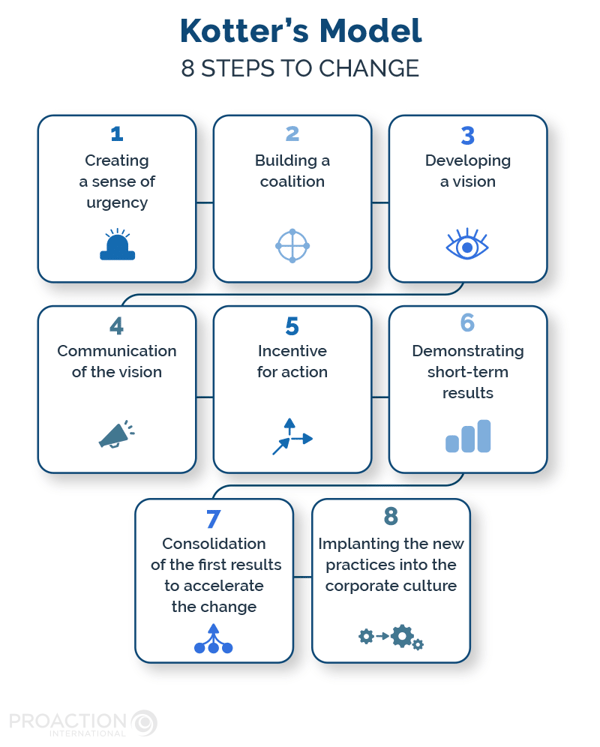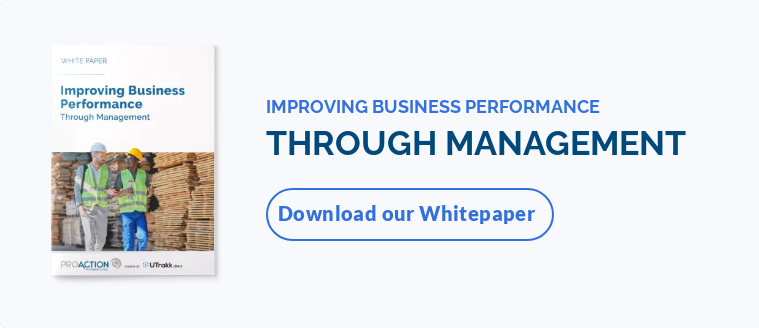Supporting change
During the pandemic, our clients in the agri-food industry and those offering essential services had to continually adapt their practices, dashboards, and behaviors. They also had to implement a change management approach to ensure the continuity of the value chain in the short, medium, and long term.
For our clients, it was essential to offer support to the team members to promote a viable application of the expected changes in behavior. Indeed, change management helps to :
-
Solicit the agility and competency of each service
-
Give meaning to the actions carried out
Companies working in so-called non-essential sectors, like manufacturers, were forced to suspend all their activities. Therefore, the change management strategies used by those manufacturers differed from those of essential service companies. The lessons learned from this episode now encourage us to :
- Think about adaptations and integrate specific constraints into business strategy
- Plan the support of local managers and the project team
- Organize the implementation in the field
Successful change management 101: leadership based on Non-Violent Communication
With social distancing has come a whole new set of dynamics that are constraining workplaces. Of course, this initiative came with risks, and most people show some resistance to change in the early stages. How could we be sure that social distancing would not lead to a distancing of exchanges and thus to a decrease in motivation and mobilization of teams?
Frontline managers were increasingly subject to operational management in "firefighter" mode, with daily updates. They had to create a reassuring business environment to promote team performance. Managers were at the center of changing decisions and issues in the field. However, a key element to an effective change management strategy was to continue to engage the team members, listen to them, consider them, and show kindness to each employee.
What we learned was that coaching managers through these change initiatives were vital to ensuring continuity in production within an organization but also to maintaining a healthy company culture.
Kotter's 8 steps to change
When you want to implement an effective organizational change, there are many details to consider. The goal is to make the change initiative as smooth as possible. The change management process is defined as the set of operations put in place so that the company adapts to different types of change. It is, therefore, essential to appoint influential players within an organization to facilitate change management. According to John Kotter, a leading authority on leadership and organizational change, there are 8 stages of change. Here they are:
- Creating a sense of urgency
- Building a coalition
- Developing a vision
- Communication of the vision
- Incentive for action
- Demonstrating short-term results
- Consolidation of the first results to accelerate the change
- Implanting the new practices into the corporate culture

At Proaction International, our approach is focused on supporting front-line managers. They are at the heart of an organization's performance, but they are also impacted by the change management process. Unfortunately, they are often ill-equipped to deal with the scope of their responsibilities.
Many transformational changes were required during the pandemic to resume normal business operations. Managers, who were at the heart of the decision-making process, had to be given special attention. Why did this happen? Because it had a direct impact on the success or failure of the recovery.
And you, how did you support your teams during these challenges?









